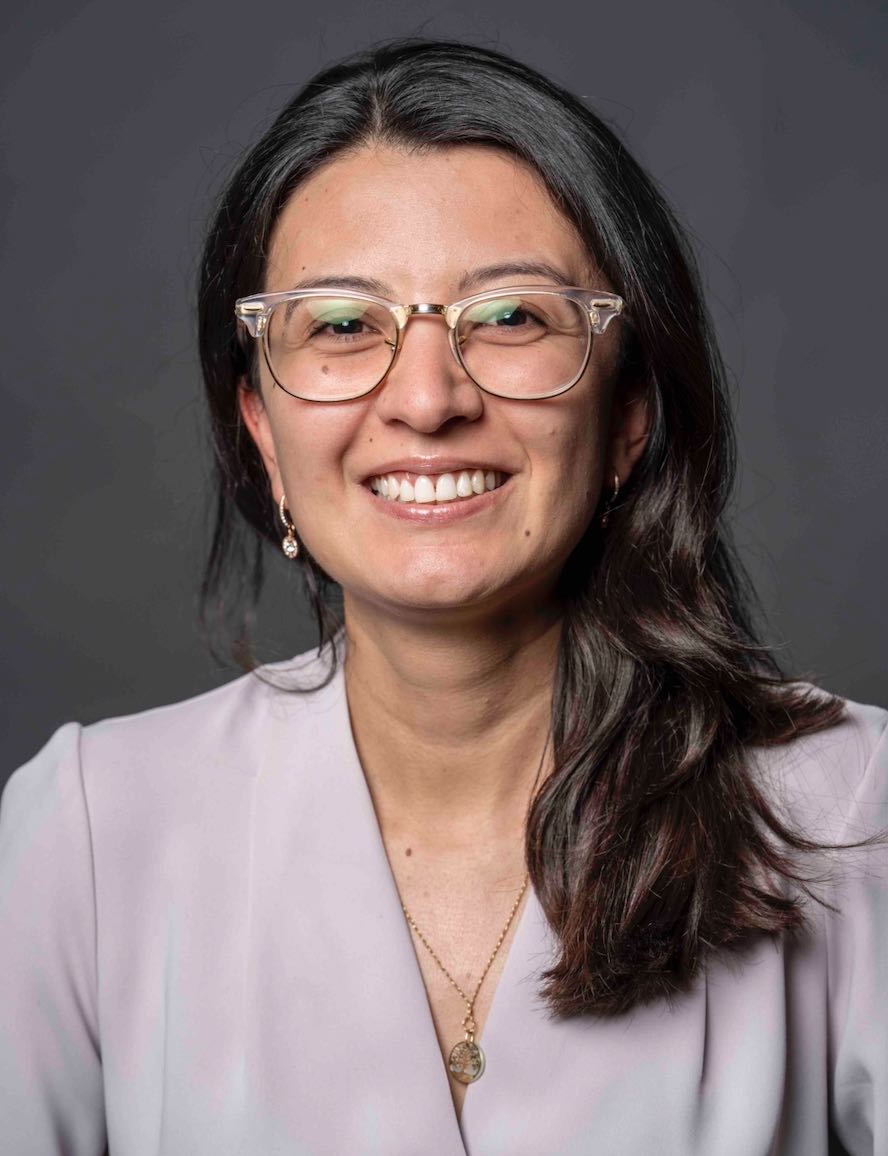A Deconvolution-Based Image Fusion Technique for Heterogenous Multi-Layer Portal Imagers
I Valencia Lozano1*, M Jacobson1, M Myronakis1, T Harris1, M Lehmann2, P Huber2, R Fueglistaller2, D Morf2, R Berbeco1, C Williams1, (1) Brigham and Women's Hospital, Dana Farber Cancer Institute & Harvard Medical School, Boston, MA, (2) Varian Medical Systems, Baden-Dattwil, Switzerland
Presentations
TH-C-TRACK 6-1 (Thursday, 7/29/2021) 1:00 PM - 2:00 PM [Eastern Time (GMT-4)]
Purpose: Multi-layer (ML) portal imagers contain multiple imaging layers whose signals are combined to increase detector performance. For heterogeneous configurations with different properties in each layer, the overall performance depends on the different layer responses and how the signals are combined. This work introduces a joint Richardson-Lucy (RL) deconvolution to fuse the sub-images from the layers.
Methods: Synthetic images of a bar-pattern and the Shepp-Logan phantom were generated for a ML detector containing one GOS layer and one with a high-efficiency plastic scintillator. The individual images are obtained by convolving the phantom geometry with Monte Carlo estimated point spread functions of each layer, scaling according to the quantum efficiency and applying Poisson noise. The final image was obtained by using a joint RL deconvolution of the two sub-images, both with and without a regularization based on total variation (TV). The spatial resolution, contrast-to-noise ratio (CNR) and signal-to-noise ratio (SNR) of the images were evaluated and compared with a simple summation of the signals.
Results: The MTF evaluation of the bar-pattern showed an enhanced 10%-contrast level (f₁₀) for the fusion image (f₁₀=0.9 lp/mm) compared to the summation image (f₁₀=0.7 lp/mm). In this case, the TV regularization suppressed the noise, however slightly reduced the gain in spatial resolution. For the central high-density region of the head phantom, the fusion resulted in 2.7 times higher CNR if regularization is used. Similar improvements were observed for the SNR.
Conclusion: A novel method for image fusion of ML detectors was presented that improves the performance of heterogeneous ML imagers compared to conventional image summation. Future work will investigate the optimal regularization and deconvolution parameters.
Funding Support, Disclosures, and Conflict of Interest: This work was partially supported by award number R01CA188446 from the National Institute of Health.
Handouts
Keywords
Megavoltage Imaging, Deconvolution, Portal Imaging
Taxonomy
Contact Email




